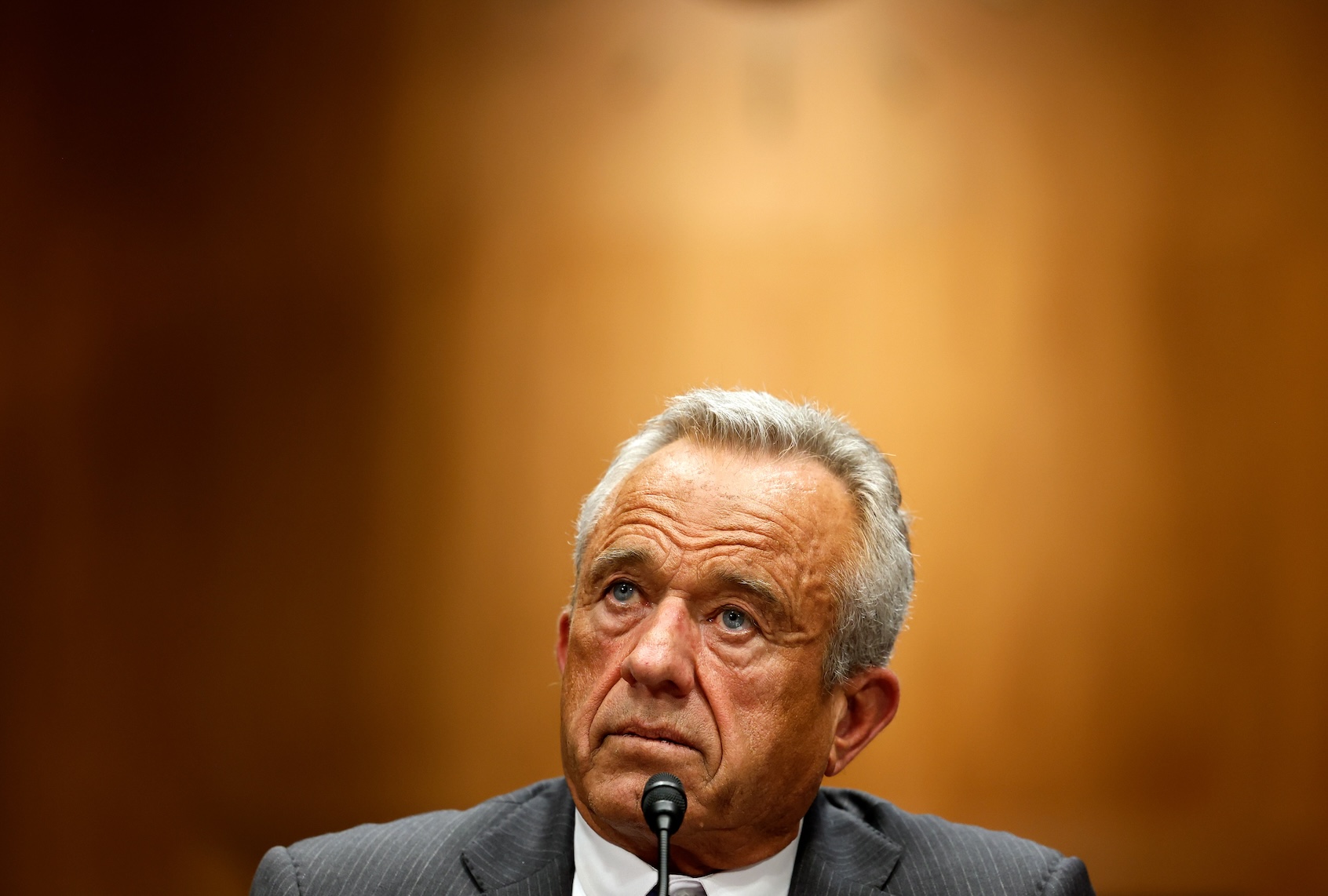Flu season is officially underway, and health experts are predicting a particularly severe outbreak this year. With the spread of influenza A (H3N2) expected to accelerate rapidly, vulnerable populations face increased risks of serious illness and hospitalization. Medical professionals are urging individuals to get vaccinated with this year’s flu shot as a primary precautionary measure.
The dynamics of RNA viruses, including influenza, highlight their tendency to mutate during replication. Each replication cycle enhances the chance for mutations, which can lead to increased transmissibility and the ability to evade existing immunity. This past summer, while flu activity decreased in the Northern Hemisphere, it intensified in the Southern Hemisphere, providing the H3N2 strain with ample opportunity to evolve. Scientific assessments indicate that seven significant mutations have occurred, raising concerns about the upcoming flu season’s intensity.
Dr. Wenqing Zhang, head of the World Health Organization’s Global Respiratory Threats Unit, noted in a recent media briefing that the newly emerged H3N2 subclade K is spreading rapidly in several Northern Hemisphere countries. Dr. Rajendram Rajnarayanan from the New York Institute of Technology explained that the mutations have altered how antibodies recognize the virus, potentially diminishing the effectiveness of immunity gained from past infections or vaccinations.
“This situation presents us with a narrow window to act,” stated Dr. Rajnarayanan, emphasizing the need to enhance stockpiles, issue comprehensive health guidelines, and strengthen surveillance efforts. He warned that combined with the immune evasion due to mutations, the strain’s ability to replicate more efficiently in human airways could lead to a surge in flu cases, overwhelming healthcare systems.
Reports indicate that countries such as the United Kingdom, Japan, and Canada are already experiencing an uptick in flu cases, signaling an earlier-than-usual flu season. Data from the UK Health Security Agency (UKHSA) revealed a rise in flu-associated hospitalizations among individuals aged 75 and older since late September.
“Countries hit early may have been caught off guard and are scrambling to ramp up countermeasures,” Dr. Rajnarayanan commented. Early warnings from international health partners underscore the urgency for rapid action.
One point of concern is that this year’s flu vaccine was formulated prior to the emergence of the new strain. Fortunately, preliminary studies suggest that it still offers some degree of protection. A recent article in the medical journal Eurosurveillance indicated that current vaccines provide effective protection for children, adolescents, and adults shortly after vaccination, highlighting the importance of vaccinating these demographics to help shield other vulnerable groups.
In England, the National Health Service has issued a “flu jab SOS,” urging eligible individuals to receive their free vaccines swiftly. In contrast, public trust in the U.S. Centers for Disease Control and Prevention (CDC) appears to be waning, with no similar urgent calls for vaccination being made. Surveillance efforts have faced challenges, particularly following a record-breaking government shutdown that interrupted updates on influenza, respiratory syncytial virus (RSV), and COVID-19 activity.
Concerns have been raised regarding the CDC’s capacity to manage a demanding flu season under the leadership of Health and Human Services Secretary Robert F. Kennedy Jr., who has been criticized for his anti-vaccine stance. Dr. Amesh Adalja, an infectious disease expert at Johns Hopkins Center for Health Security, expressed worries about the implications of the current administration on public health initiatives.
Despite the challenges, experts like Dr. Rajnarayanan maintain that vaccination remains the most effective defense against influenza this season. Although the vaccine may not perfectly match the circulating H3N2 strain, it still provides protection against other components, such as H1N1 and influenza B.
Dr. Rajnarayanan also advocates for continued public health measures, such as wearing masks and staying home when ill. “Layering these simple actions can significantly reduce transmission and protect those most at risk of severe illness,” he advised.
In summary, as flu season unfolds, health officials emphasize the importance of vaccination and preparedness to mitigate the expected surge in cases. The evolving landscape of influenza underscores the necessity for individuals and healthcare systems to remain vigilant and proactive.





































































